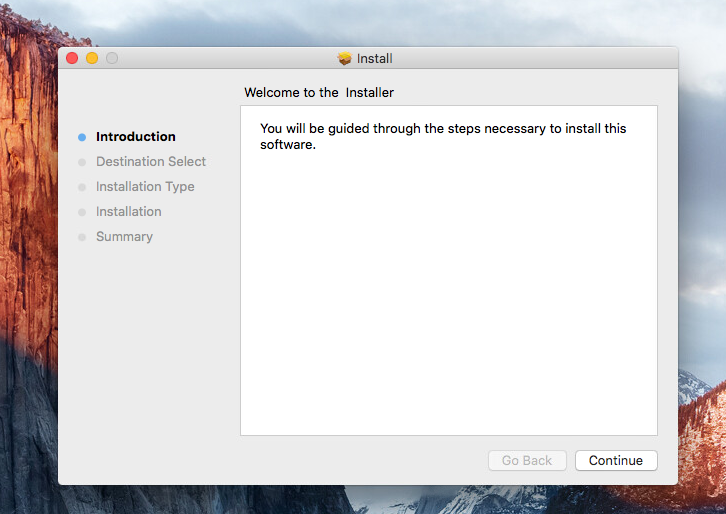
Windows clientsĭownload and install the OpenVPN client (version 2.4 or higher) from the official OpenVPN website.ĭownload the VPN client profile package from the Azure portal, or use the 'New-AzVpnClientConfiguration' cmdlet in PowerShell. For steps, see Create a P2S configuration for Azure Virtual WAN. Make sure that you select "OpenVPN" for tunnel type. Before you beginĬreate a User VPN (point-to-site) configuration. For more information, see Configure a VPN client for P2S OpenVPN connections. You can also use the Azure VPN Client for Windows 10 to connect via OpenVPN protocol. On the Remove VPN connection? box, click Remove.įor more information, see Create an Azure Active Directory tenant for P2S Open VPN connections that use Azure AD authentication.This article helps you configure OpenVPN ® Protocol clients. Select the VPN connection that you want to remove, click the dropdown, and select Remove. You can remove the VPN connection profile from your computer. When you want to disconnect, click Disconnect to disconnect the connection. Once connected, you will see the Connected status. Using your credentials, sign in to connect. In the VPN connections pane, select the connection profile that you configured. Authentication Type: Azure Active Directory.Certificate Information: The certificate CA.The name you choose here does not need to be the formal name of a server. VPN Server: This name is the name that you want to use to refer to the server.Connection Name: The name by which you want to refer to the connection profile.
On the Azure VPN Client page, you can configure the profile settings. To disconnect from the session, click Disconnect. Once connected, the status will change to Connected. In the VPN connections pane, select the connection profile that you saved. View the connection profile information, then click Save. Navigate to the profile file that you want to import, select it, then click Open. On the Azure VPN Client page, select Import. For steps, see Working with VPN client profile files.




 0 kommentar(er)
0 kommentar(er)
